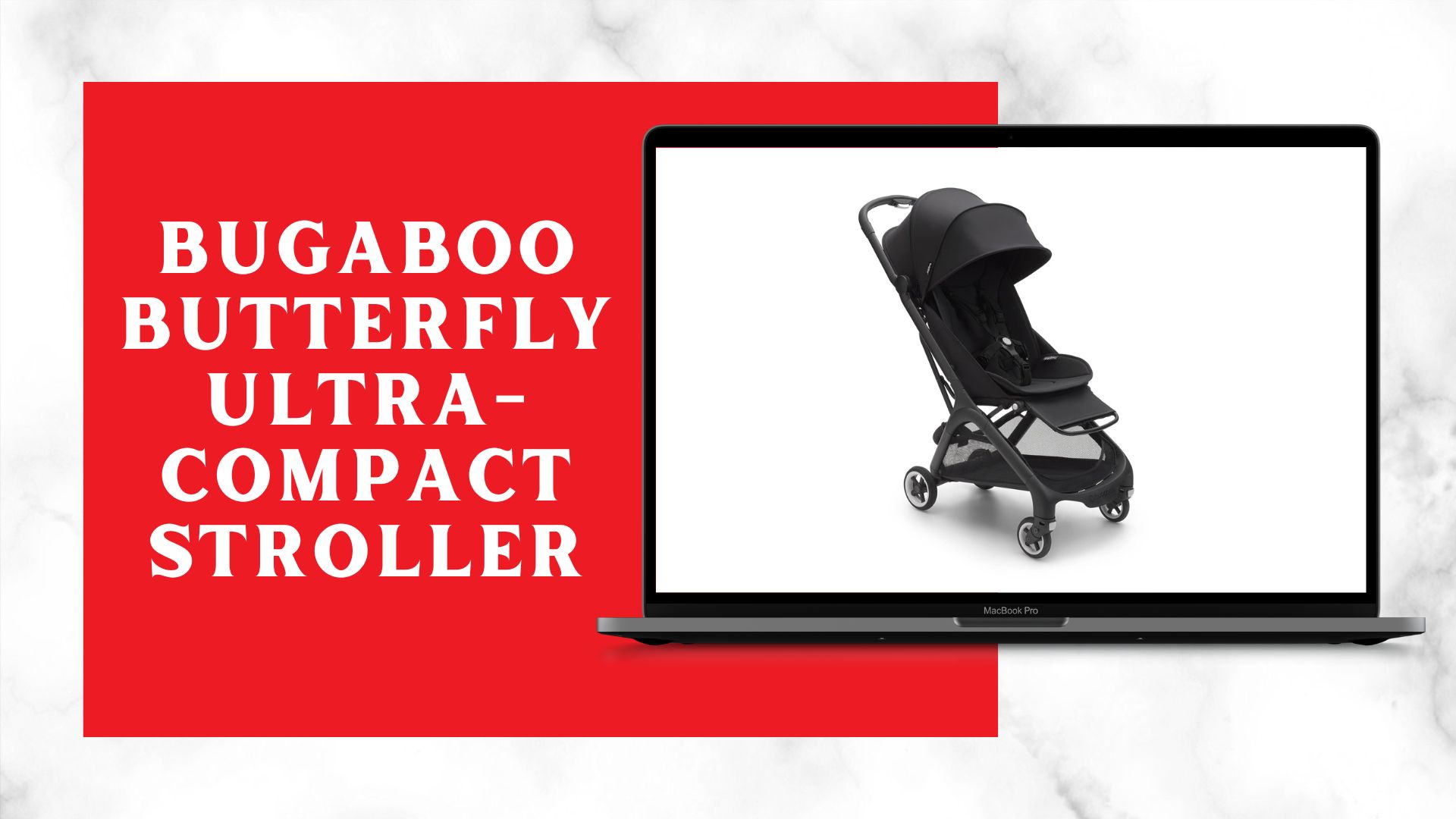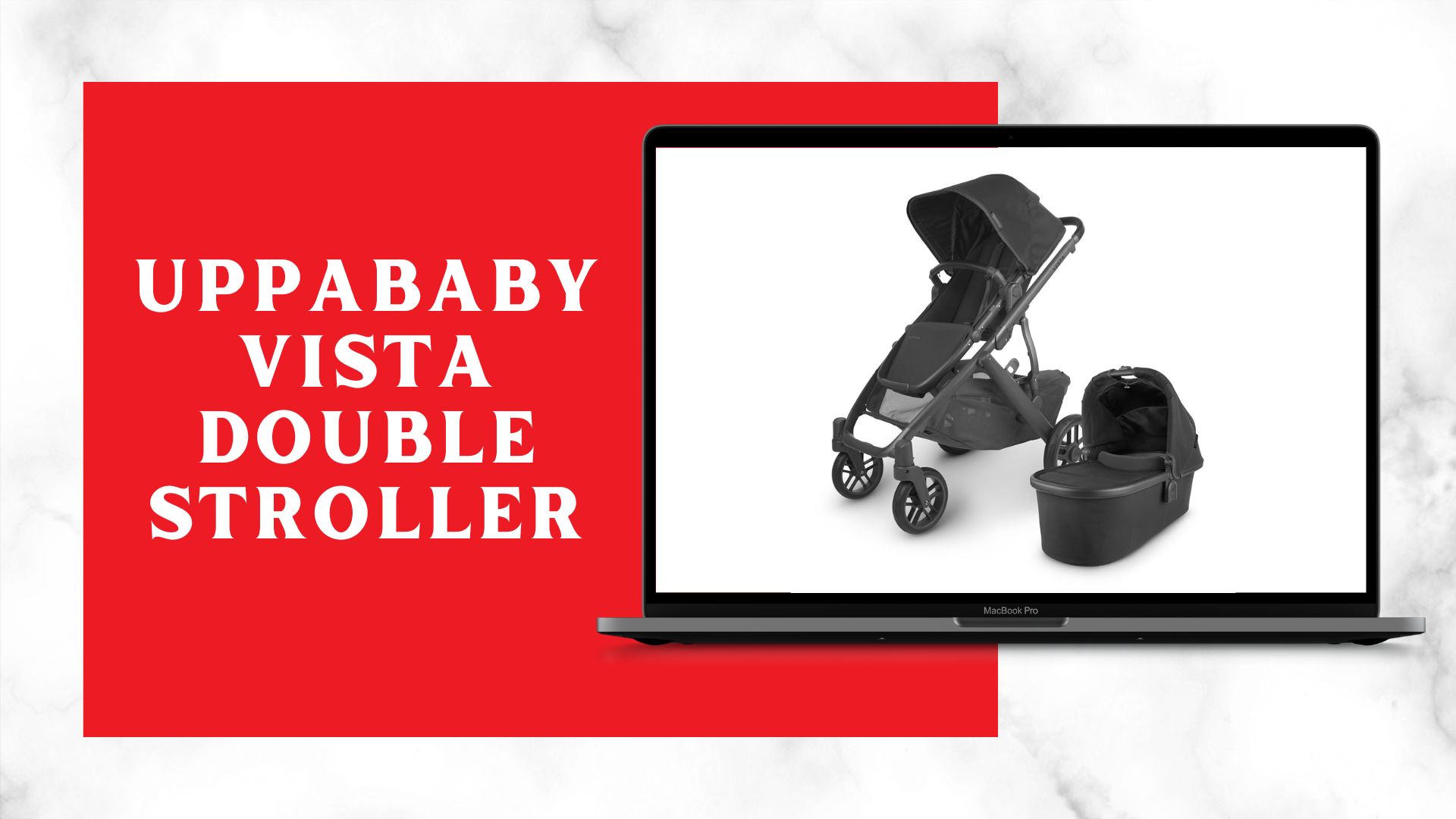Teaching your baby to hold a bottle can be an exciting milestone in your child's development. It's an important step toward independence and is also beneficial for parents, as it allows the baby to feed themselves when they are ready. Here's a guide to help you teach your baby to hold a bottle.
Related Products You Might Like
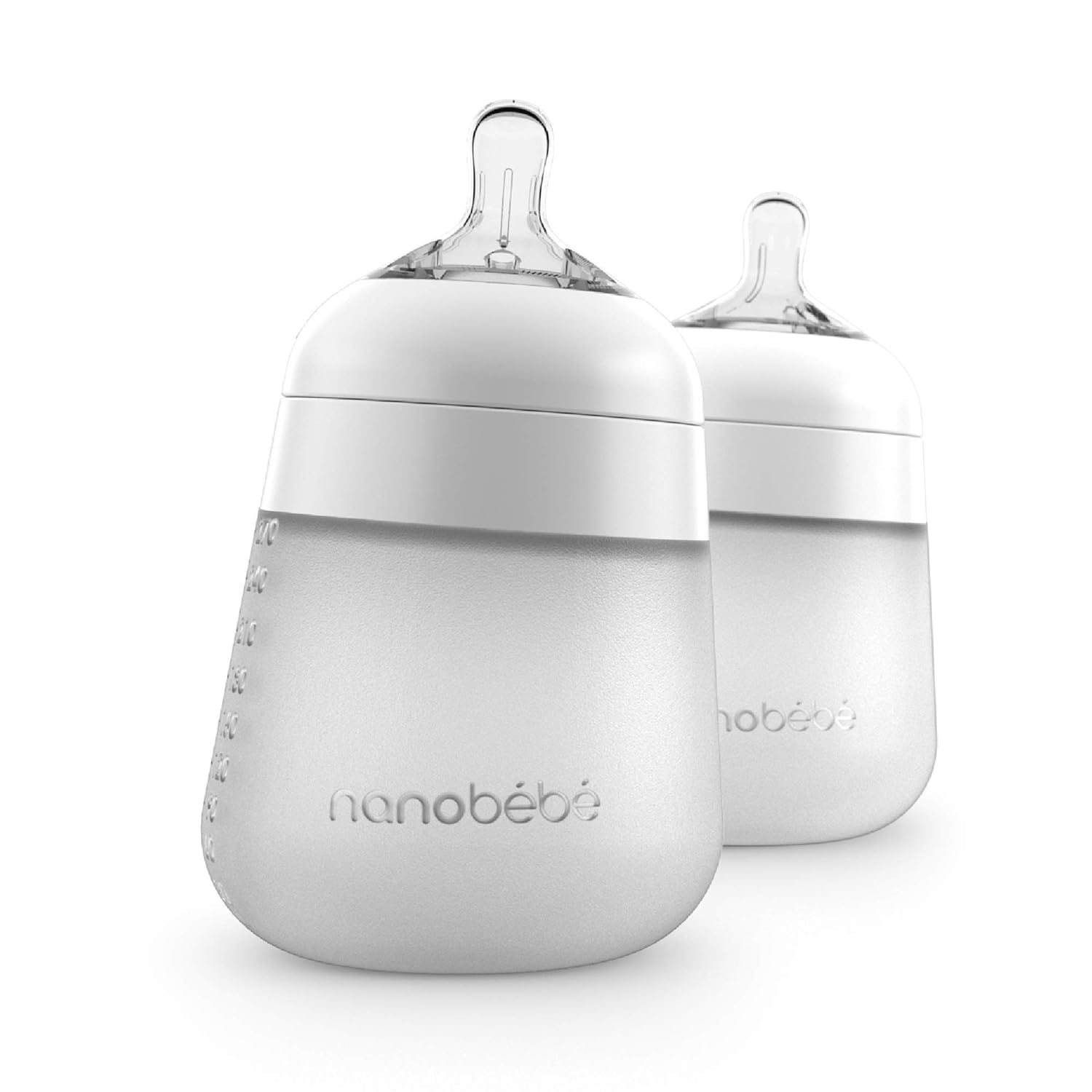
Flexy Baby Bottles
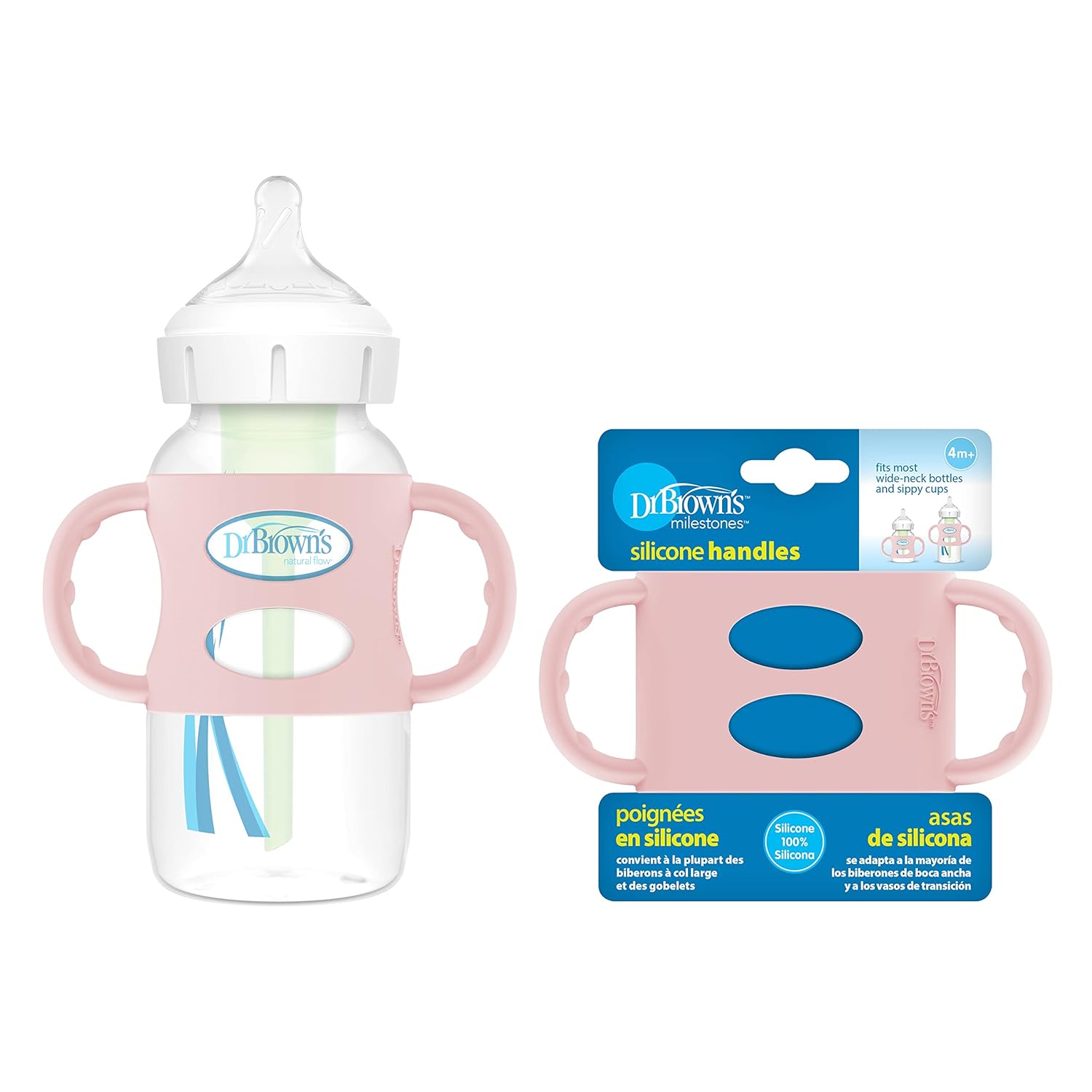
Baby Bottle Handles

Anti-Colic Baby Bottle
"(Paid Links)" 
When to Start
It's important to recognize when your baby is developmentally ready to hold a bottle. Most babies can begin trying to hold a bottle between 6 to 9 months of age. Look for signs that your baby is showing interest in holding objects and has enough control over their motor skills.
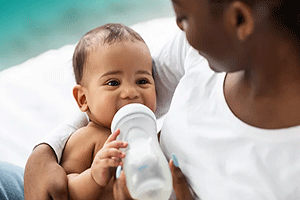
Use an Appropriate Bottle
Choose a bottle that is easy for your baby to hold. Look for bottles with textured or contoured grips that fit comfortably in your baby's hands. Some bottles are designed specifically for small hands, making it easier for your baby to grasp.
Create a Comfortable Feeding Environment
Choose a quiet and comfortable environment for feeding your baby. This will help them focus on holding the bottle and feeding, without too many distractions. Ensure your baby is well-rested and not too hungry before starting the process.
Start with Support
Begin by holding the bottle while your baby feeds. Let them grasp the bottle with their hands while you continue to support it. This gives them a sense of control and helps them practice the motion of holding the bottle.
Encourage Baby to Hold the Bottle
Once your baby seems comfortable holding the bottle with your support, gradually reduce your involvement. Hold the bottle less firmly and allow your baby to take on more of the responsibility. Watch for any signs of your baby struggling or becoming frustrated, and step in to assist as needed.
Practice Makes Perfect
Like any new skill, holding a bottle requires practice. Offer your baby regular opportunities to hold the bottle during feeding times. Each session will help strengthen their hand-eye coordination and confidence.
Use Both Hands
Encourage your baby to use both hands to hold the bottle. This helps them develop balanced strength and control. Show them how to grasp the bottle with both hands and praise them when they do.
Be Patient and Consistent
Teaching your baby to hold a bottle may take some time, so be patient.
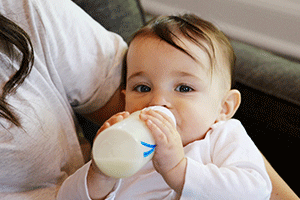
Keep your expectations realistic, and understand that every baby learns at their own pace. Consistent practice and encouragement will help your baby master the skill.
Safety Precautions
Always supervise your baby while they are feeding themselves with a bottle. Ensure they are in a safe, upright position, and never leave them unattended with a bottle to prevent choking.
Offer Praise and Encouragement
Celebrate your baby's progress and offer praise when they successfully hold the bottle. Positive reinforcement can motivate your baby to keep practicing and improve their skills.
Conclusion
Teaching your baby to hold a bottle is a process that requires patience, practice, and support. By following these steps, you can help your baby develop the necessary skills to hold a bottle independently, which can be a rewarding experience for both you and your child. Remember, each baby progresses at their own pace, so don't be frustrate and enjoy watching your baby's growth and development.


